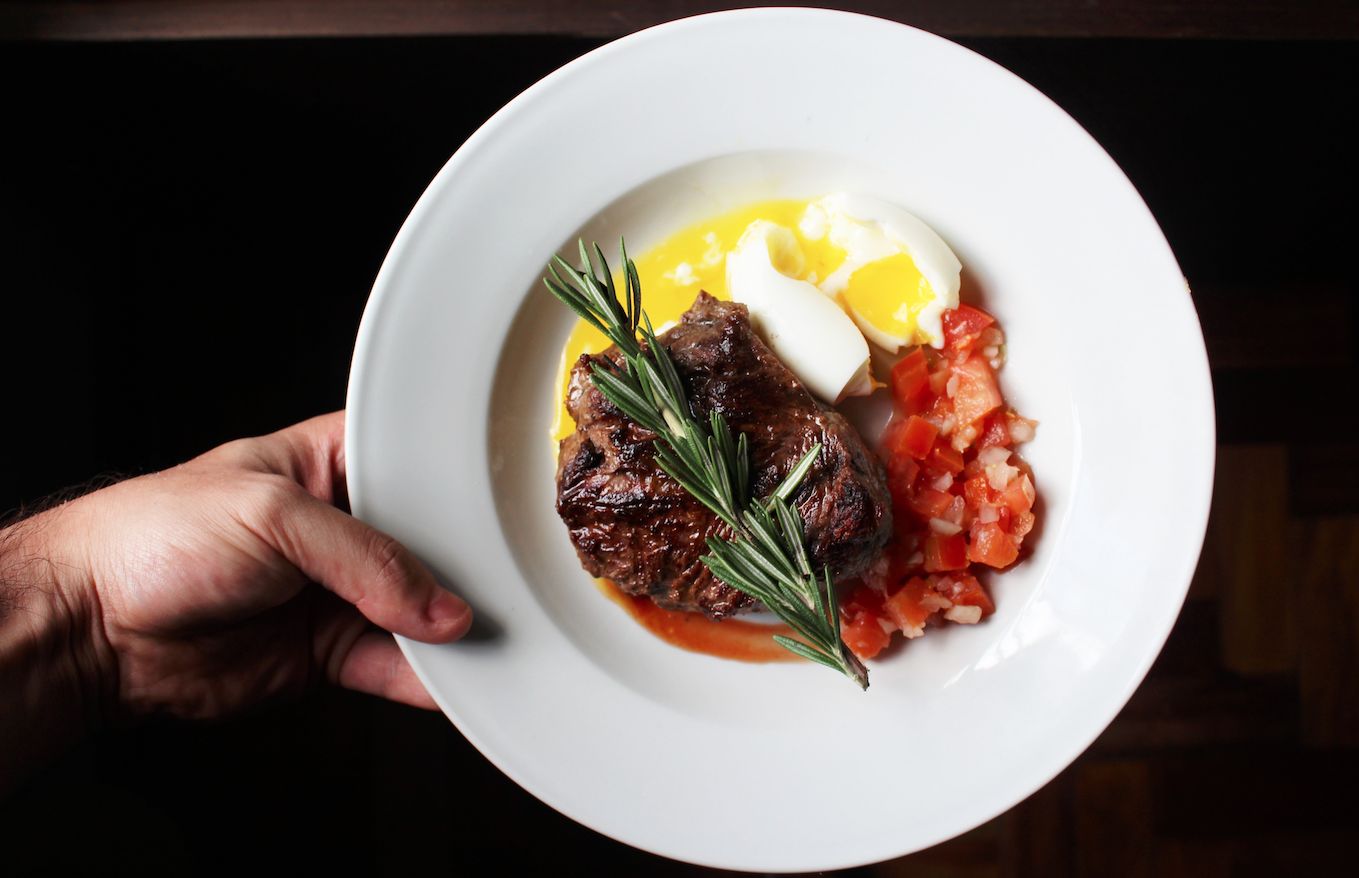It is no secret that Americans are becoming unhealthier by the mouthful. From fast and processed foods to unicorn frappuccinos, we are putting ourselves on track for obesity, diabetes and heart disease. If only there was a reset button! Welcome the Whole30. Whole30 founders, Melissa and Dallas Hartwig, developed this elimination diet as a reset button for “your health, your habits and your relationship with food.” We have the beginner’s guide to Whole30 so you can take the challenge and be successful!
The Whole30 is based on a paleo template, but is more restrictive. It also eliminates “foods demonstrated by science and our experience to promote unhealthy cravings and habits, disrupt your metabolism, damage your digestive tract, and burden your immune system.”
The Whole30 is actually a two-phase process that ultimately helps participants develop the perfect diet. Phase one is the 30-day elimination diet that removes sugar, alcohol, grains, legumes, dairy, baked goods and treats. Phase two is a reintroduction phase, where foods eliminated in phase one are slowly reintroduced, allowing participants to evaluate how those foods make them feel.
According to “The Whole30,” Whole30 participants report a wide range of benefits from the program, including weight loss, consistently high energy levels, better sleep, a return to healthy digestive function, improved athletic performance, healthier body image, reduced or eliminated sugar cravings, and improvements in health conditions like high blood pressure, diabetes, allergies, heartburn and skin conditions.
The most common criticism of the Whole30 is that it is too restrictive. It is important to keep in mind that the Whole30 is designed to be a short-term, therapeutic reset from which participants gain the knowledge to build a personalized, sustainable diet.
Whole30 Guidelines per “The Whole30” by Melissa Hartwig and Dallas Hartwig
Foods to Enjoy
- Meats – Enjoy all meats. Choose organic and/or grass-fed.
- Poultry – Enjoy all poultry. Choose organic and/or pasture-raised.
- Seafood – Enjoy all seafood. Choose wild-caught and/or sustainably sourced.
- Eggs – Choose organic, free range or pastured.
- Vegetables – Enjoy all vegetables. Choose organic and/or local.
- Fruits – Enjoy all fruits. Choose organic and/or local.
- Natural Fats – Enjoy natural, unrefined fats like extra virgin olive oil, unrefined coconut oil, avocado, full-fat coconut milk, olives and clarified butter or ghee.
Foods to Avoid
- Alcohol – Alcohol in any form is prohibited, including cooking with alcohol.
- Grains – Avoid ALL grains, including wheat, rye, barley, oats, corn, rice, millet, sprouted grains, amaranth, quinoa and buckwheat as well as bran, germ and starch, which can be found on ingredient lists of packaged foods.
- Legumes – Avoid ALL legumes, including all varieties of beans, peanuts, soy and soy products like edamame, tofu, miso, soybean oil and soy lecithin.
- Dairy – Avoid ALL dairy including cow, goat and sheep’s milk and milk products like cheese, yogurt, sour cream and ice cream.
- Additives – Specifically avoid carrageenan, MSG and added sulfites. These additives will be listed on the ingredient list of packaged foods.
- Sugar – Avoid added sugar, real or artificial, including maple syrup, honey, agave, coconut sugar, date syrup, stevia, Splenda, Nutrasweet, xylitol, etc.
- Recreating treats or junk foods – Foods like pancakes, muffins and cookies made from Whole 30 approved foods like bananas and eggs are not allowed. Chips and French fries are also off limits.
Sample Whole 30 Menu
Breakfast
Poached eggs, sautéed asparagus and mushrooms, and a baked sweet potato with coconut oil and cinnamon
Lunch
Salmon cakes, roasted butternut squash and greens sautéed in ghee
Snack
Carrots and cucumbers with guacamole
Dinner
Sugar-free marinara sauce with ground beef over zucchini noodles
Related articles:
Dreading Going Back To The Office? Find Your New Routine
7 Must-Have Cookbooks For All Skill Levels!
6 Ways To Improve Sleep Without Counting Sheep
How Do You Create A Pet-Friendly Home?

